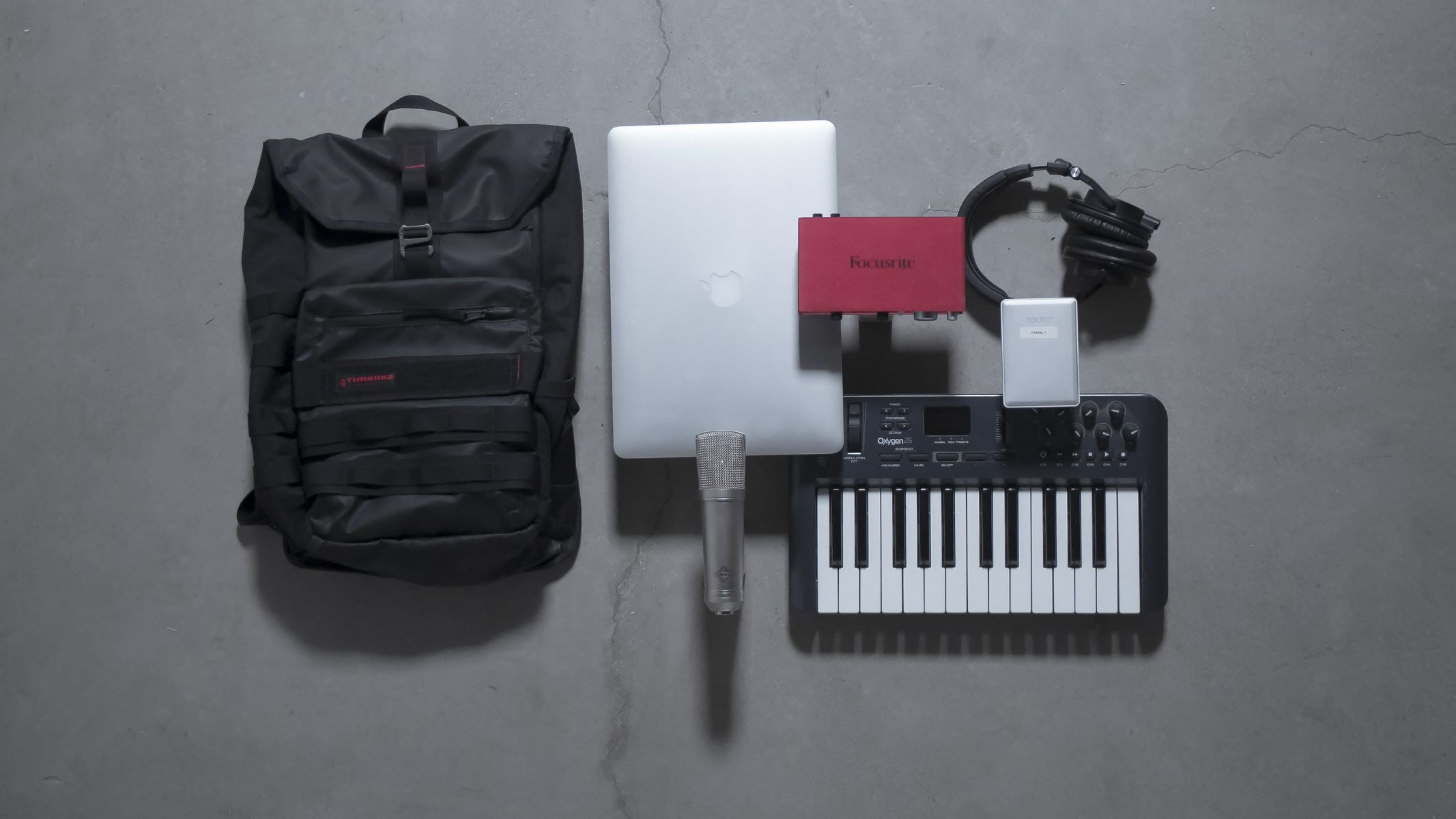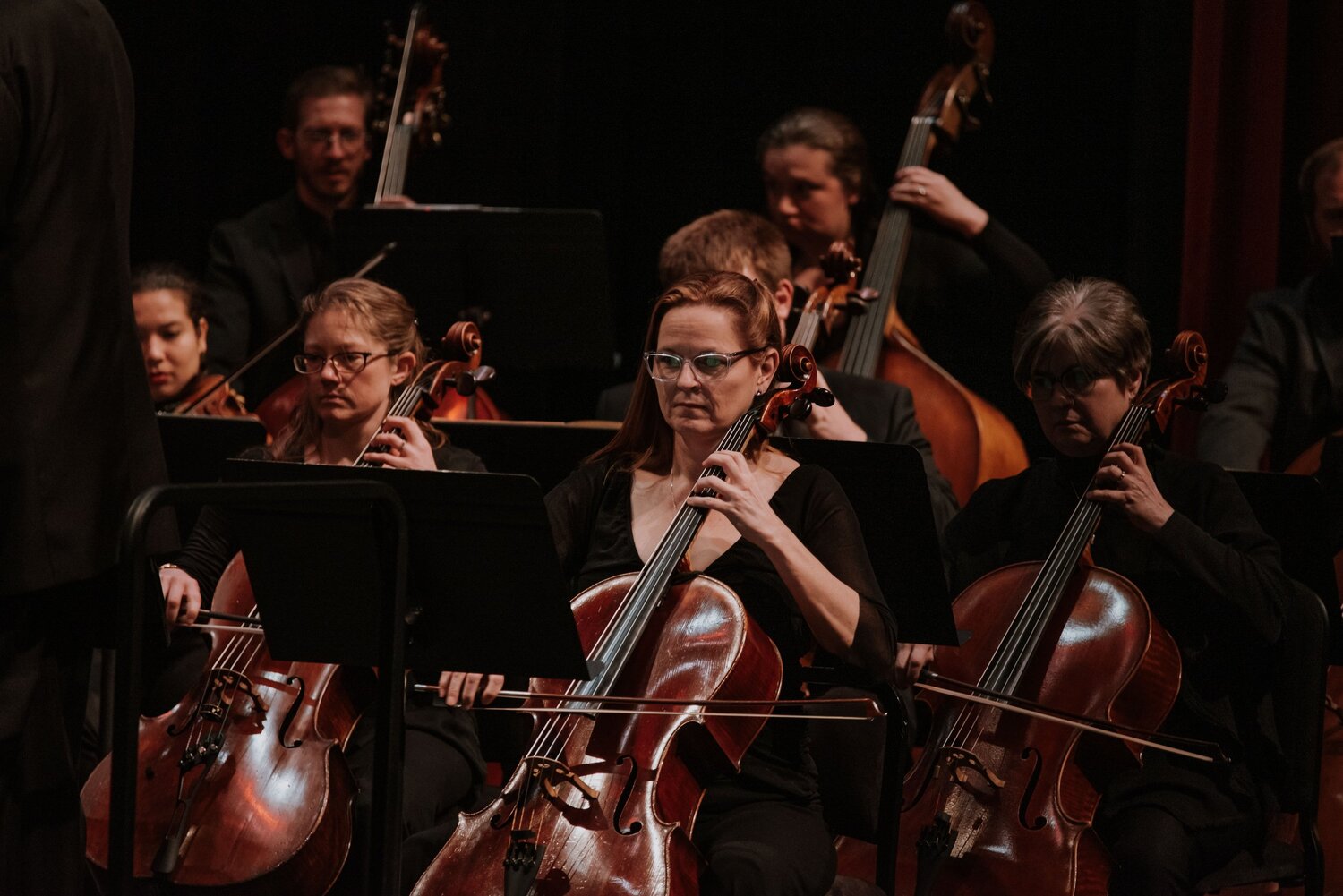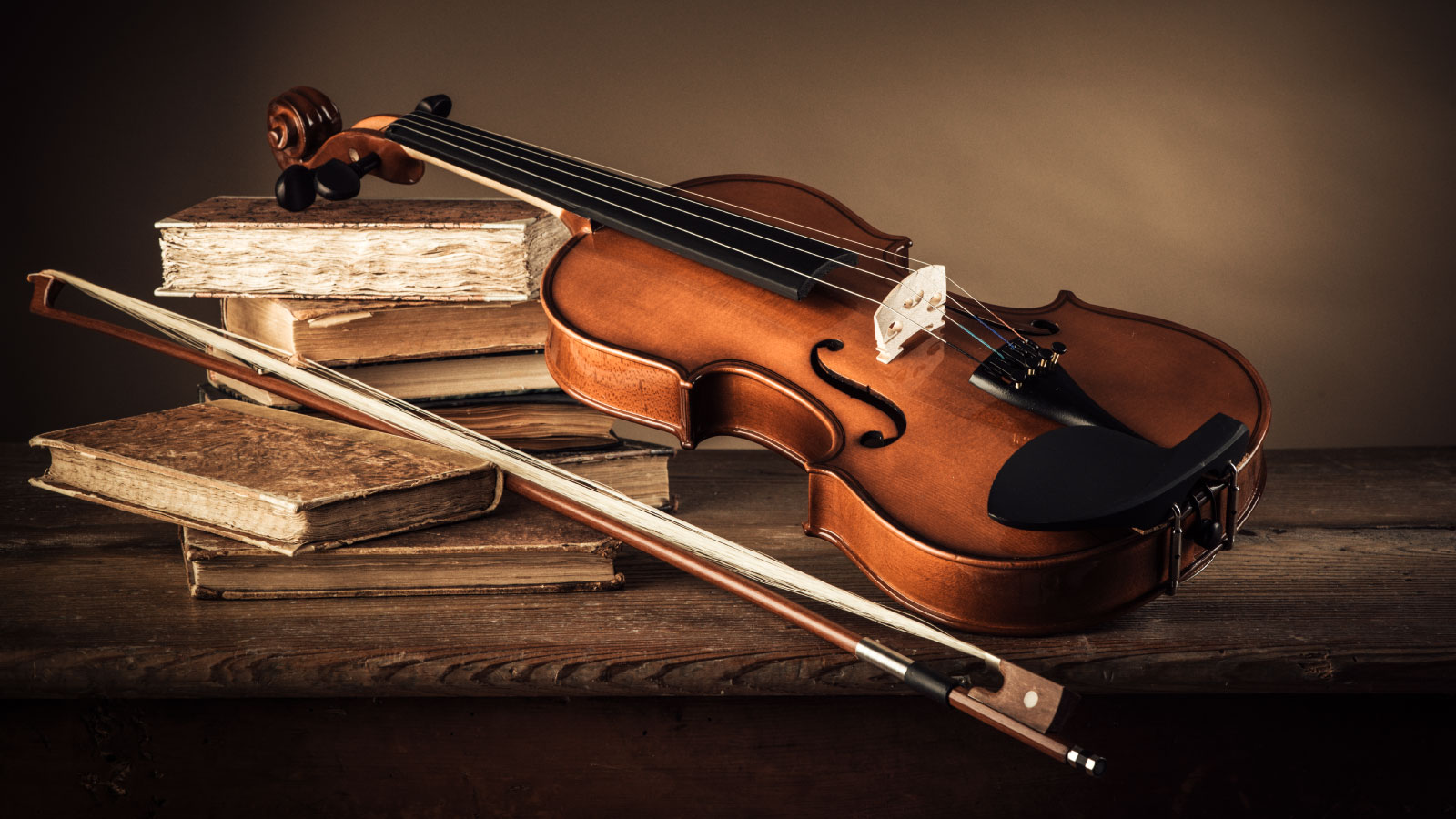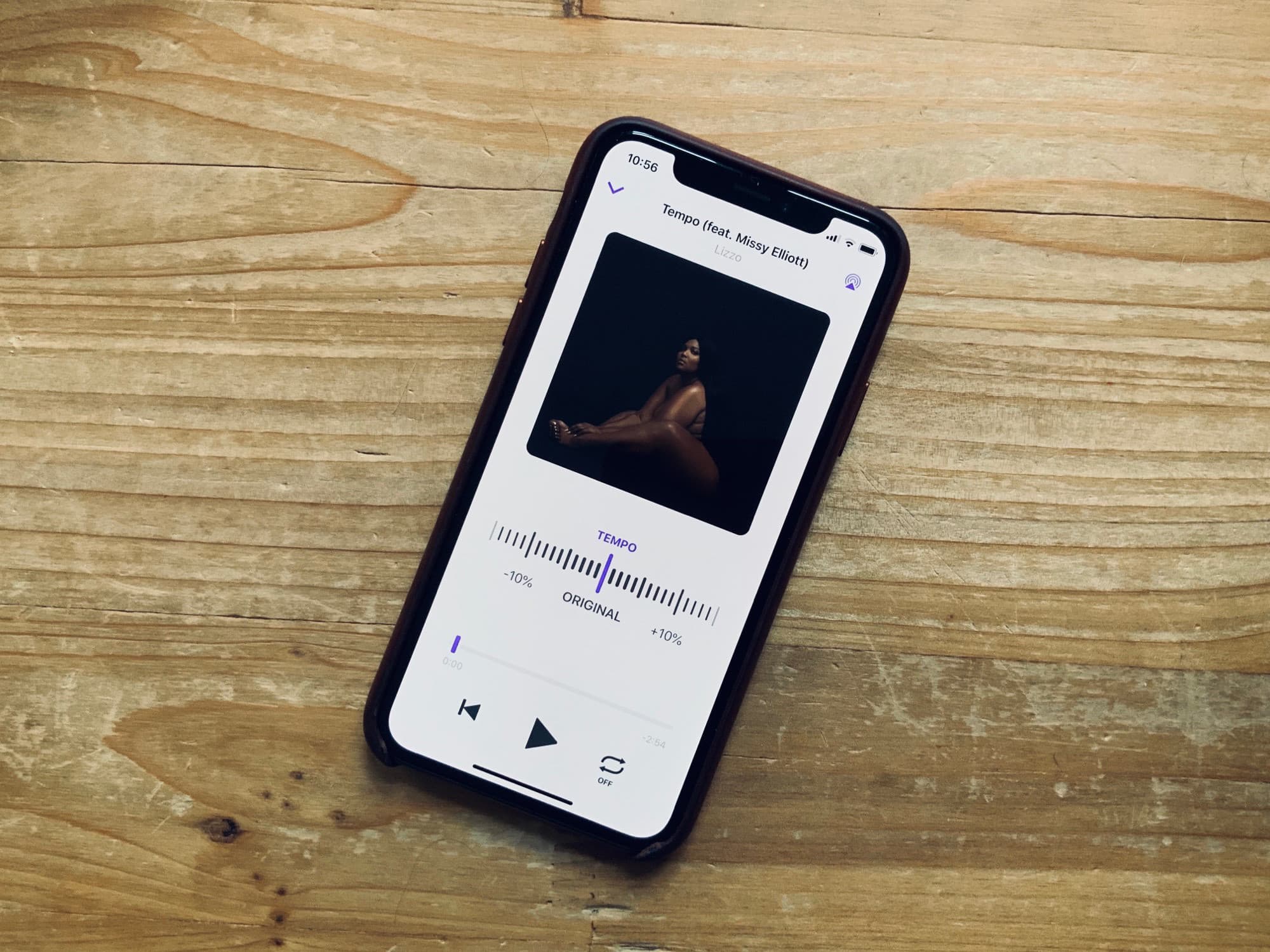Home>Production & Technology>Composer>What Term Would A Composer Use To Indicate A Holding Back Of The Tempo?
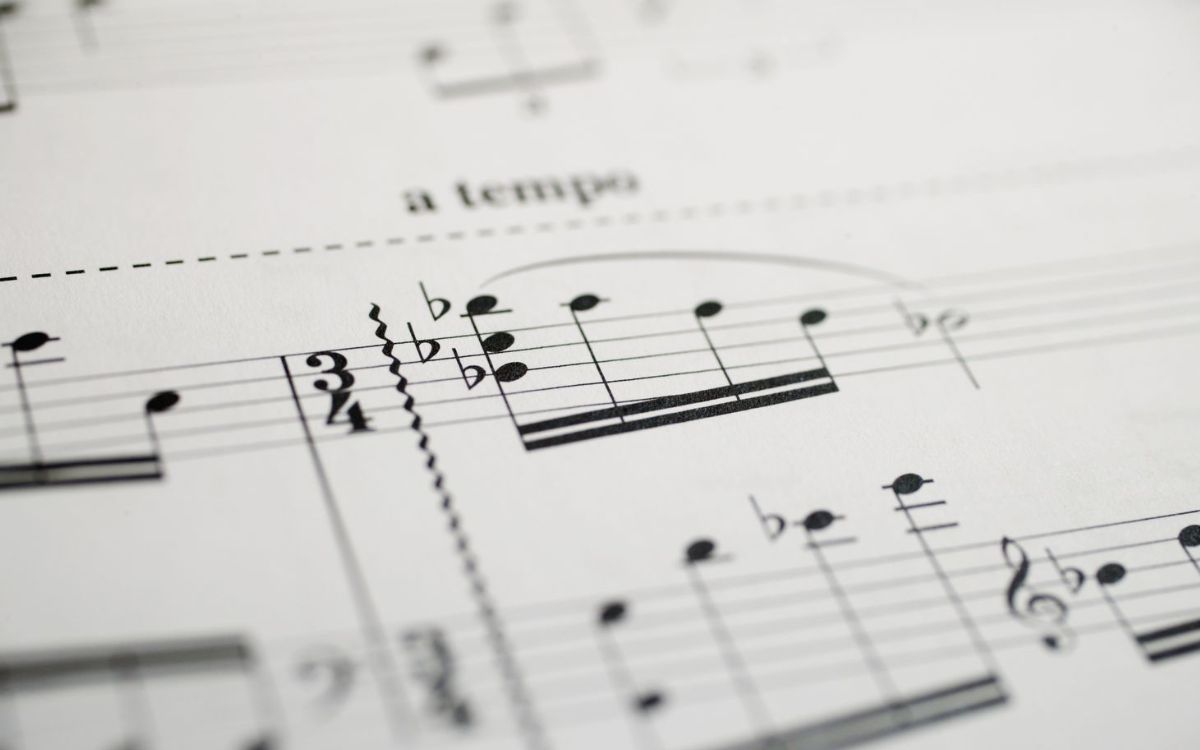

Composer
What Term Would A Composer Use To Indicate A Holding Back Of The Tempo?
Published: December 6, 2023
Discover the term that composers use to indicate a tempo holding back. Explore the language of the music world with our comprehensive guide for composers.
(Many of the links in this article redirect to a specific reviewed product. Your purchase of these products through affiliate links helps to generate commission for AudioLover.com, at no extra cost. Learn more)
Introduction
In the world of music composition, tempo plays a crucial role in conveying the intended mood and expression of a piece. Tempo refers to the speed at which a musical composition is performed, and composers use various terms and indicators to communicate their desired tempo to musicians.
One such indication is the “holding back” of the tempo, which creates a sense of tension, anticipation, or a deliberate pause in the music. This technique allows the composer to add depth and emotional impact to the piece. In this article, we will explore the different terms that composers use to indicate a holding back of the tempo and how each one contributes to the overall musical interpretation.
Whether you are a music enthusiast, a composer, or a performer, understanding these terms will give you a deeper appreciation for the nuances of tempo manipulation in compositions. So, let’s dive into the world of expressive tempo indications used by composers to convey their musical intentions.
Definitions
Before we explore the specific terms used by composers to indicate a holding back of the tempo, let’s clarify some fundamental definitions:
Tempo: Tempo refers to the speed or pace at which a piece of music is performed. It is typically indicated at the beginning of a composition with a specific indication, such as “Allegro” (fast), “Andante” (moderately slow), or “Lento” (slow).
Tempo Indications: Composers use various markings and symbols to indicate specific tempos within a piece of music. These indications guide the performer in interpreting the intended speed and mood of the composition.
Metronome Markings: Metronome markings provide numerical indications of the beats per minute (BPM) for a specific tempo. These markings determine the exact rhythmic pace of the music and are commonly used in classical music compositions.
Now that we have clarified these foundational definitions, let’s delve into the specific terms composers employ to convey a holding back of the tempo in their compositions.
Rallentando
Rallentando is an Italian term that translates to “slowing down” in English. It is often abbreviated as “rall.” or “rallent.” This indication directs the performer to gradually decrease the tempo of the music. The gradual slowing down creates a sense of relaxation and allows for added expression or emphasis on certain musical phrases or moments.
When encountering a rallentando marking, the performer should smoothly and progressively reduce the speed of the music. This should be done in a controlled manner, ensuring that the tempo change does not disrupt the overall flow of the piece. The rallentando can be applied to a specific section or the entire composition, depending on the composer’s intention.
One important aspect to note is that rallentando does not specify a specific tempo or duration of the slowing down. It is up to the performer to interpret the extent and duration of the deceleration, based on the musical context and the emotional impact desired by the composer.
Overall, rallentando is a powerful tool in a composer’s arsenal, as it allows for a gradual and controlled deceleration of the tempo, adding depth, tension, or emotional release to the music.
Ritardando
Ritardando, often abbreviated as “rit.” or “ritard.,” is another Italian term used by composers to indicate a gradual slowing down of the tempo. While rallentando signifies a relaxation in the pace, ritardando specifically implies a deliberate and noticeable decrease in speed.
When encountering a ritardando marking, the performer is instructed to gradually reduce the tempo of the music in a more pronounced manner compared to rallentando. This deceleration adds a sense of anticipation and can create a dramatic effect, particularly when leading up to a significant musical event or transition.
Similar to rallentando, the specific interpretation of the ritardando marking is left to the performer’s discretion. However, in general, ritardando tends to be more noticeable and prominent, evoking a sense of suspense and heightening the emotional impact of the music. It is crucial for the performer to maintain a sense of control and maintain a consistent sense of pulse during the ritardando, ensuring that the gradual decrease in tempo does not become disjointed or abrupt.
It’s worth noting that rallentando and ritardando are sometimes used interchangeably, and different composers may have their preferences for which term to incorporate. However, ritardando generally implies a more distinct and noticeable slowing down of the tempo compared to rallentando.
In summary, ritardando serves as a powerful tool for composers to create tension, anticipation, and a sense of drama by gradually decreasing the tempo of the music in a deliberate and noticeable manner.
Fermata
The fermata symbol, represented by a “bird’s eye” shape placed above a note or rest, is used to indicate a pause or a holding back of the tempo. It is also known as a “hold” or “pause” in musical notation.
When a fermata appears above a note, the performer is instructed to hold that note longer than its written duration. The length of the pause is at the discretion of the performer, allowing for a heightened sense of expression and dramatic effect. The fermata serves as a focal point, drawing attention to that particular note or rest before the music continues.
Unlike rallentando or ritardando, which mainly focus on gradually slowing down the tempo, the fermata focuses on the duration of a single note or pause. It provides flexibility for the performer to hold the note for an extended period, adding a sense of suspension, anticipation, or emphasis.
It is important for the performer to maintain a sense of musicality and sensitivity when interpreting fermatas. The duration of the pause should be determined based on the context of the piece, the overall musical interpretation, and the performer’s artistic discretion. Communication and coordination with other musicians in an ensemble setting are also crucial to ensure synchronization and a cohesive performance.
Overall, the fermata symbol is a powerful indication for composers and performers to create moments of pause, tension, or expressive impact by holding back the tempo and allowing for an extended duration on specific notes or rests.
Ritenuto
Ritenuto, often abbreviated as “riten.” or “ritenuto,” is an Italian term used by composers to indicate an immediate and sudden slowing down of the tempo. Unlike rallentando or ritardando, which involve a gradual deceleration, ritenuto calls for an immediate decrease in speed.
When encountering a ritenuto marking, the performer is instructed to abruptly and noticeably slow down the tempo. This sudden change creates a momentary disruption or emphasis in the music, allowing for a brief pause or heightened expression. The ritenuto marking is often used to create a fleeting sense of tension, surprise, or to draw attention to a particular musical phrase or section.
The interpretation of ritenuto largely relies on the performer’s intuition and musical sensitivity. While it is important to adhere to the composer’s intentions, there is flexibility in how the ritenuto is executed. The performer should strive to maintain a sense of musicality and coherence, ensuring that the sudden decrease in tempo does not disrupt the overall flow of the composition.
It is essential to note that ritenuto is a distinct indication from rallentando or ritardando. While rallentando and ritardando involve a gradual slowing down of the tempo over a longer span of time, ritenuto demands an immediate and noticeable change in speed.
In summary, ritenuto serves as a powerful tool for composers to create moments of surprise, tension, or emphasis by abruptly slowing down the tempo. The performer’s sensitivity and ability to execute the ritenuto effectively contribute to the overall musical interpretation and engagement of the audience.
Calando
Calando is an Italian term used by composers to indicate a gradual decrease in volume and tempo. It combines the concepts of diminuendo (gradual decrease in volume) and rallentando (gradual slowing down of the tempo) to create a soft and gentle effect.
When encountering a calando marking, the performer is instructed to diminish both the volume and speed of the music simultaneously. This gradual decrease in intensity and pace creates a sense of fading or diminishing, often used to convey a reflective or introspective mood in the music.
While calando primarily focuses on the decrease in volume and tempo, it may also imply a change in expression and emotional intensity. Performers are encouraged to infuse their interpretation with a sense of sensitivity, allowing the music to evolve and transform in a natural and expressive way.
The execution of calando requires careful attention to the musical context and the composer’s intentions. The performer’s ability to seamlessly merge the diminishing volume with the slowing tempo contributes to creating a cohesive and emotive performance.
It’s worth noting that calando is not as commonly used as some of the other tempo indications discussed previously. It is often seen in more expressive and introspective compositions, and its usage may vary depending on the musical style and era.
In summary, calando is a term used by composers to indicate a gradual decrease in both volume and tempo. It creates a soft and introspective effect, allowing the music to fade away gently as it conveys a reflective mood or emotional intensity.
Conclusion
The use of specific terms and indications to convey a holding back of the tempo is an essential aspect of music composition. Composers have a range of options at their disposal, each with its nuances and expressive capabilities.
Throughout this article, we have explored various tempo indications, including rallentando, ritardando, fermata, ritenuto, and calando. Each term provides a distinct approach to manipulating the speed and expression of the music, allowing composers to create tension, anticipation, emphasis, or reflection.
Understanding these indications is crucial for performers, as they help bring the composer’s musical vision to life. The interpretation of these indications requires a balance of technical skills and artistic sensibility, allowing performers to express the intended emotions and capture the essence of the music.
Whether it is the gradual slowing down of rallentando and ritardando, the pause and emphasis of a fermata, the immediate deceleration of ritenuto, or the gentle fading of calando, each tempo indication adds depth, impact, and artistic interpretation to a musical composition.
In conclusion, the use of tempo indications to indicate a holding back of the tempo is an essential element of music composition. It provides composers and performers with the tools to shape the mood, expression, and emotional impact of a piece. By understanding and embracing these indications, we can unlock the true potential of a musical composition and create a truly immersive and captivating listening experience.


